LWCircus, Resilient Creative Community
There are professionals who carry out experimental methods and
design strategies based on social and cultural practices of the specific
place in which they operate, aiming at improving sensitive areas and
redesigning the rural and contemporary urban landscape in transition.
So does LWCircus, an international non-profit organization founded in
2016 with headquarters in Florence, Rome and Mexico City. LWCircus
investigates tools and devices that, once recognized and mastered, allow
active, responsible, shared and sustainable actions. Having this as its
core mission, LWCircus operates in continuous and close collaboration
with the local communities, involving the minorities present and
together with international students, artists and researchers from all
over the world it creates a temporary community and it induces local
institutions to deal with international ones and vice versa.
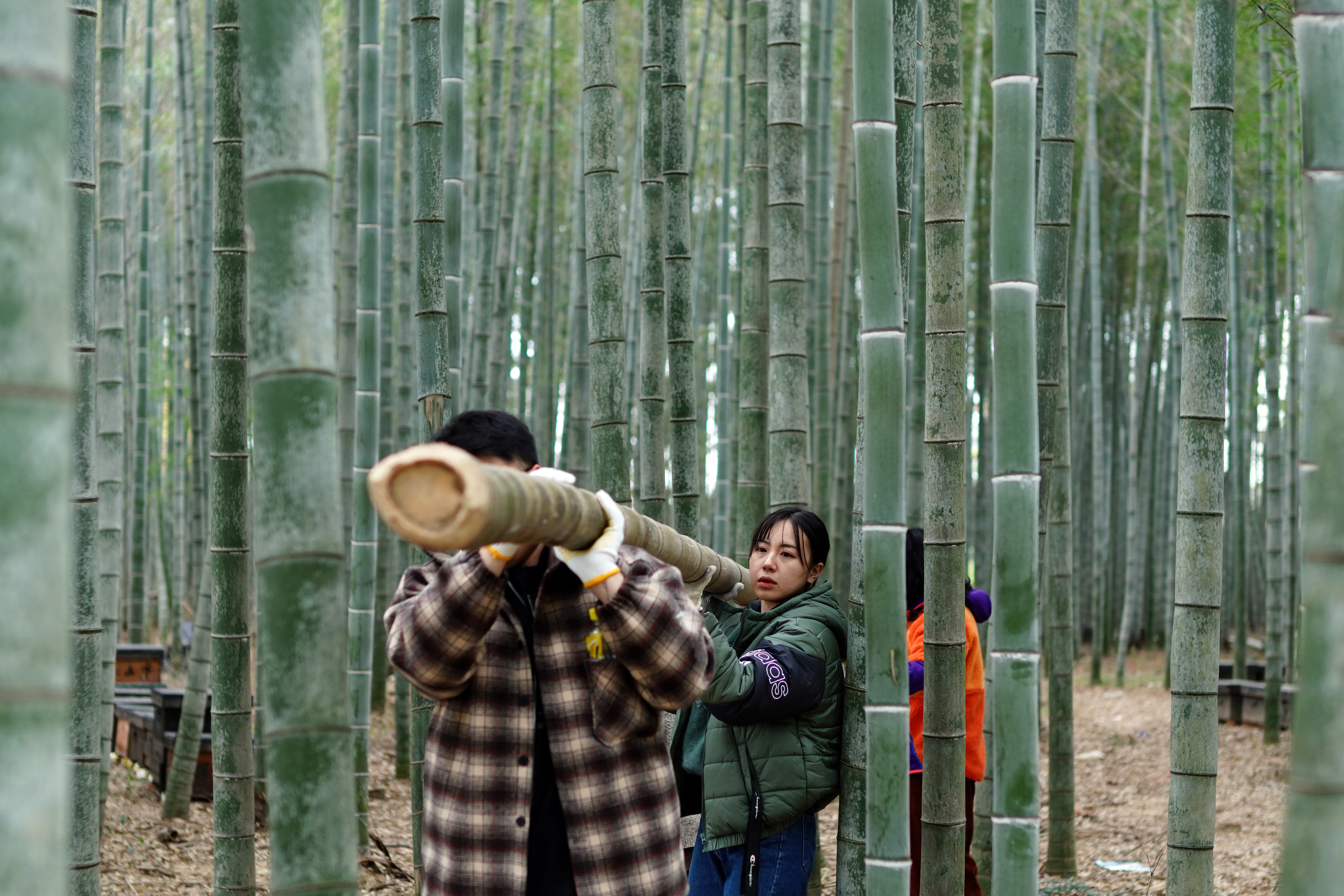
Realization phase
Photography: LWCircus.org
A systematization of methods based on social practices, capable of giving life to long-term and sustainable development processes, is attempted as a way to initiate and strengthen actions of integration (or rather said, inclusion) of the various components of a community.
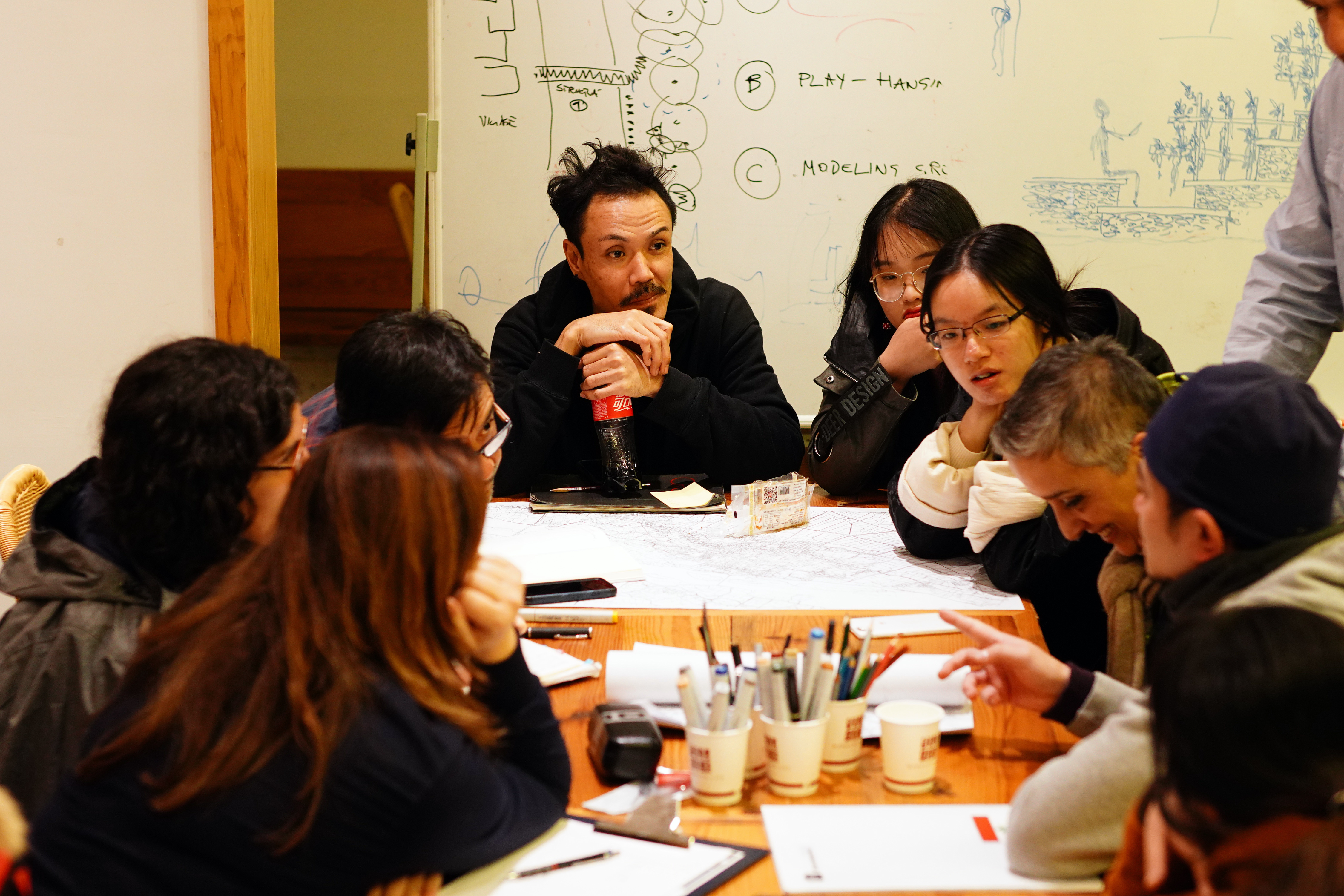
ChinaLab019, Turenscape Academy, Xixinan, Anuhi, China Design phase
Photography: LWcircus.org
In fact, the individual and collective growth is considered as the basis of this program by facilitating considerably the exchange of cultures, knowledge, attitudes and skills among communities. At the core of the LWCircus program there is the assumption that architecture, landscape and people are aspects of human life, as well as the belief that multiple knowledge and multiple local realities must interact to be able to meet collective needs.
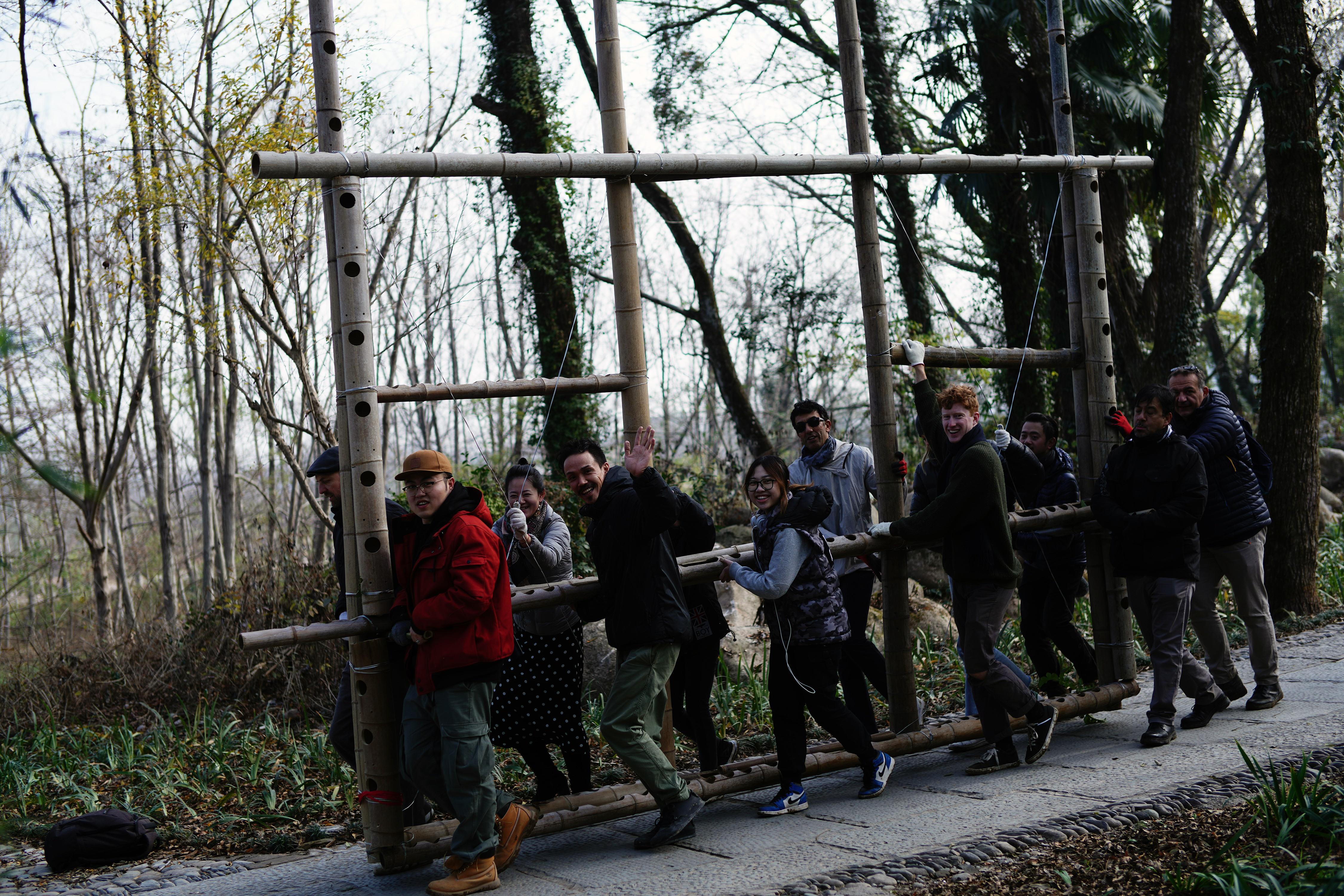
The Cultural Shelter
Photography: LWCircus.org
Therefore, LWCircus activates, through cooperation and operational laboratories. These joint ventures lead to the creation of ephemeral works which generate symbolic spaces for an urban and rural, resilient and inclusive future. Now, if we keep in mind that the word symbol intends to put together images and meanings reminding us something else, we may understand how many implications these projects have by considering the new content created and the space that it will take.
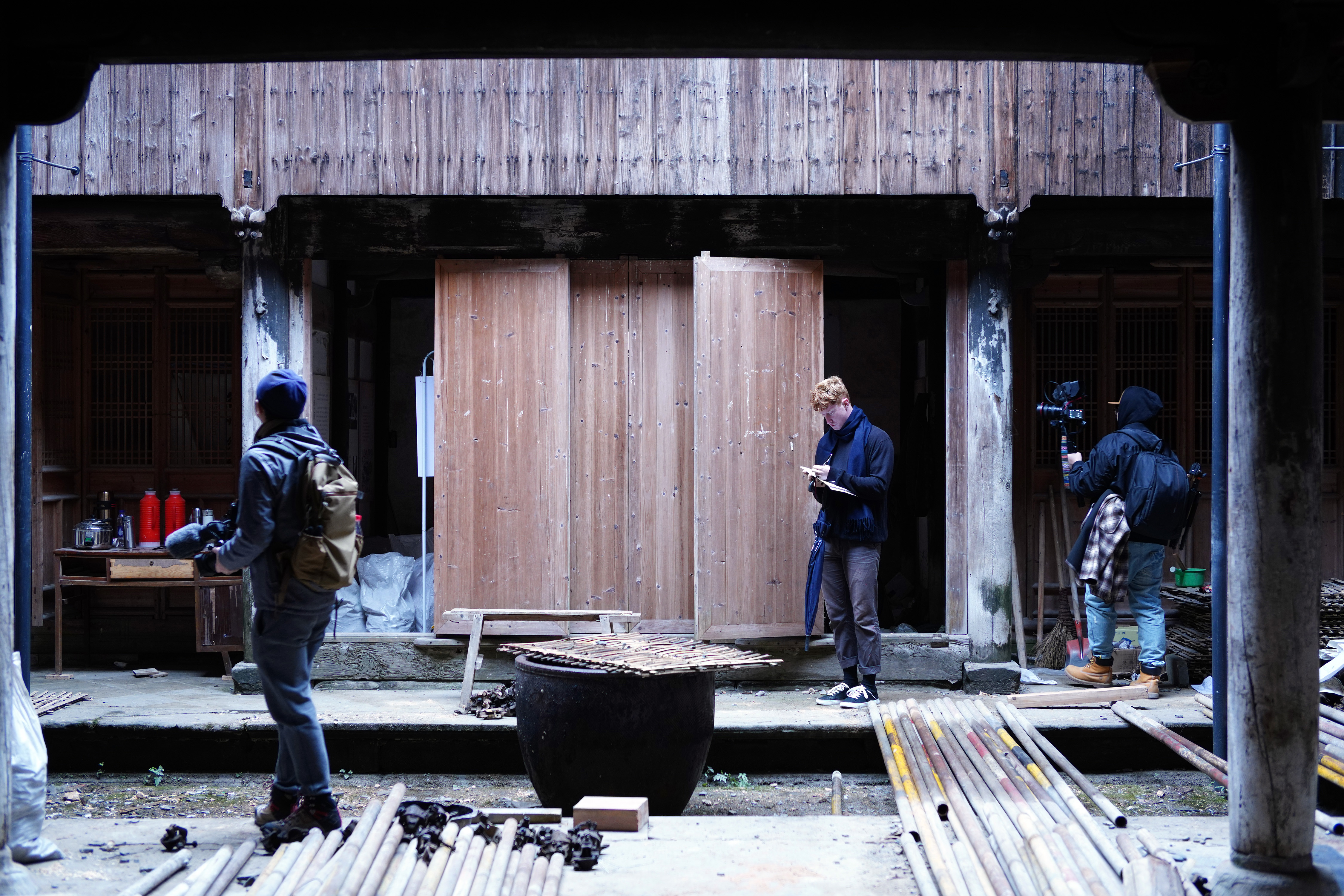
Survey Phase
Photography: LWCircus.org
We may also consider the evolutionary meaning of the term resilience for urban and rural systems which adds up to persistence, adaptability and transformation1. Furthermore we reflect on what the word inclusiveness implies in a present that discriminates by skin color, by culture, by social status, and more. The itinerant workshops of LWCircus are, therefore, truly immersive. They interrogate the peculiar landscape, “whose character derives from natural and/or human factors and their interrelationships”2 , understanding its change in time and space. They investigate its memory through archived documents and through the transmission of oral stories from elders, which are nowadays finally valued.
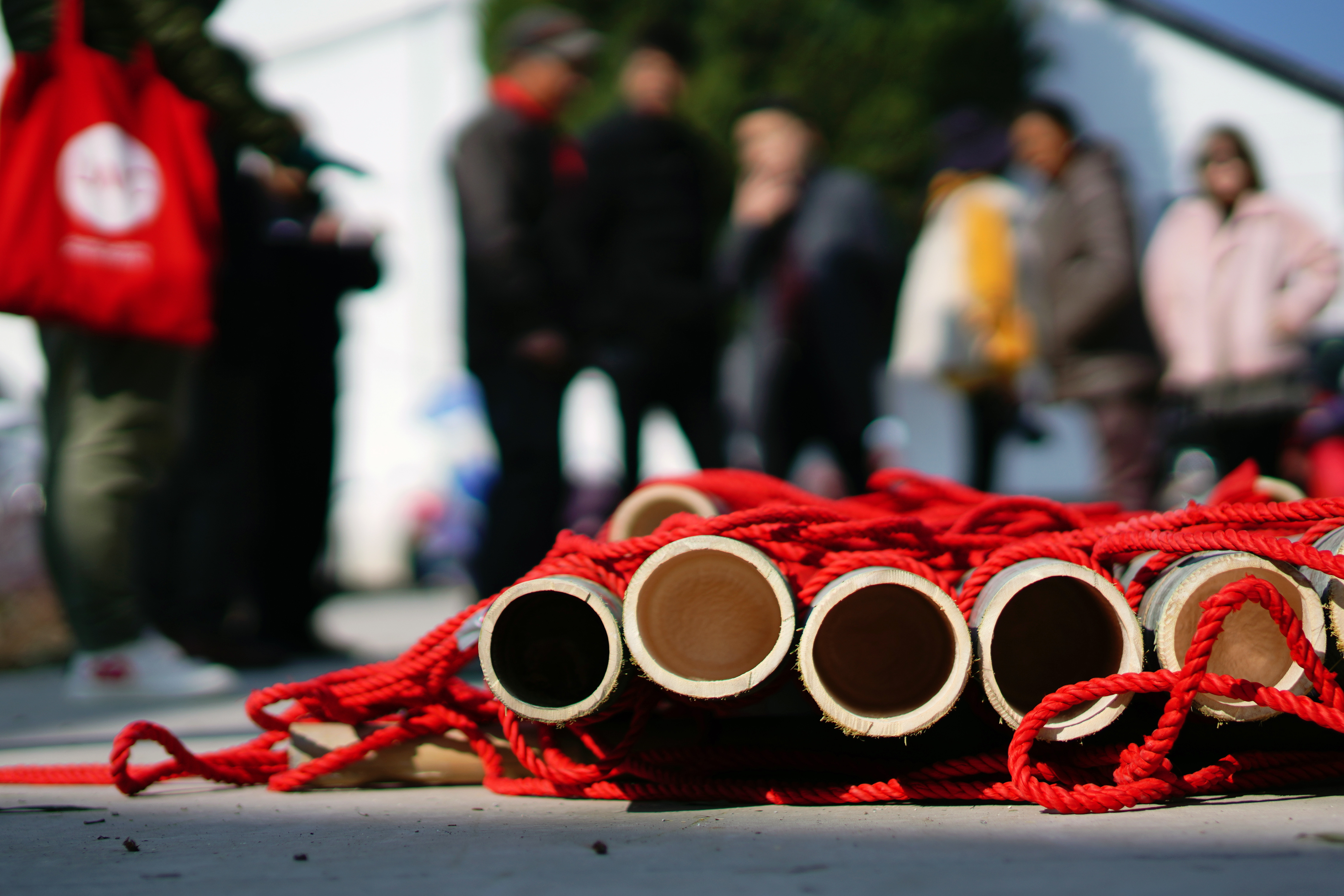
The Cultural Shelter by Annacaterina Piras and Manfredi Leone, tutors W. Chamoun and G.Rosaci
Photography: LWCircus.org
They deeply investigate and interpret the needs of communities to externalize them in works that become important signs and symbols. Thus, each one of the participants becomes a “craftsman of true hallucinations and, directly working with the flesh of the world and enjoying this unique privilege: to make something natural. Whatever the participant does presenting fragments of things will remain on the good side of the world, on the side of his ineffable morning”3.
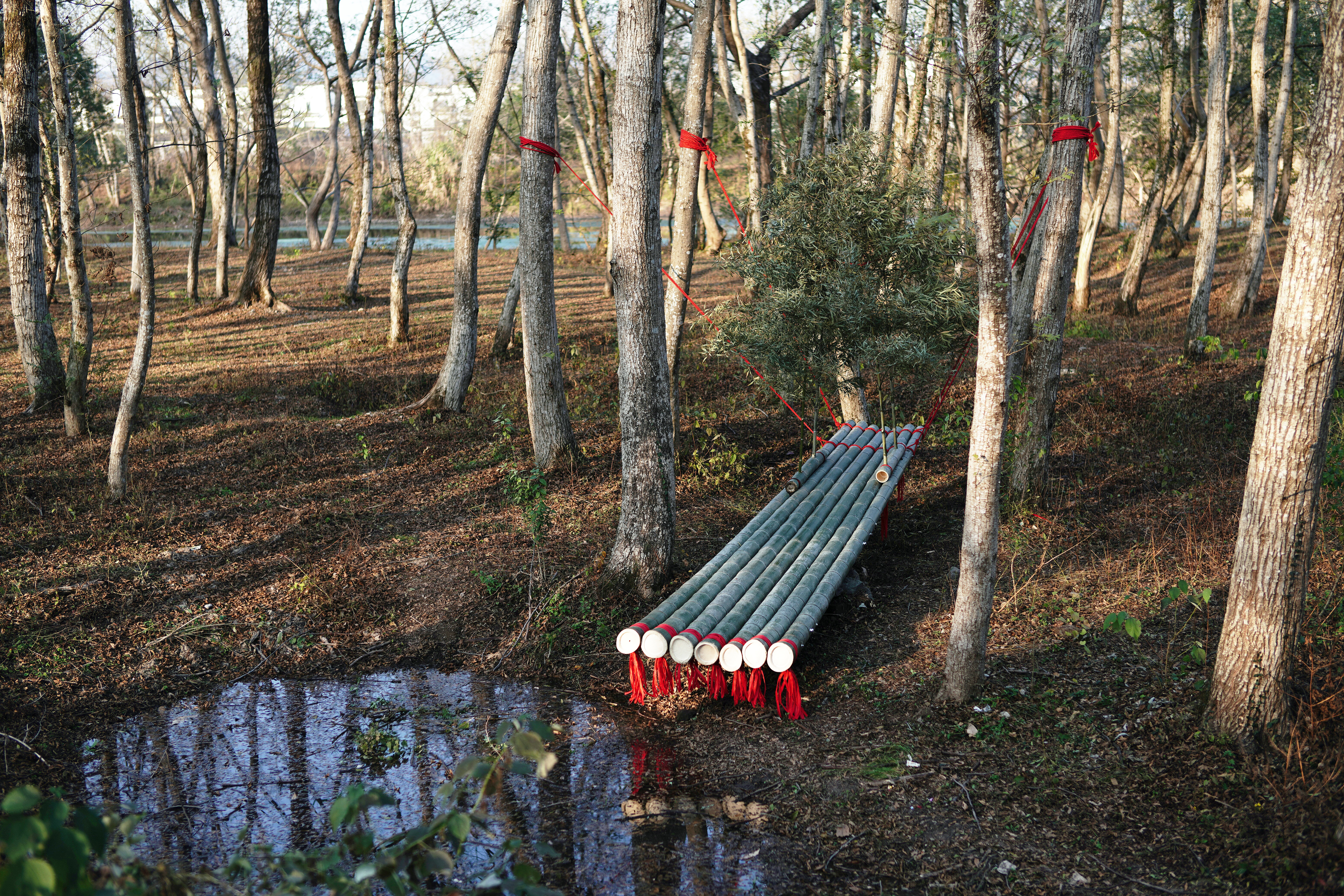
The Cultural Shelter
Photography: LWCircus.org
LwCircus has established temporary, multidisciplinary and creative communities (like the one with Laboratorio del Silenzio – Laboratory of Silence – based in Milan) and so, has created several workshops in Italy and in China. ArnoLabs, in Florence, was established on the banks of the Arno river (consider that it was established between May and June of 2018 which was at the same time as the European Year of Cultural Heritage “Where the past meet the future”), AsinaraLab was established on the Asinara island National park, and ChinaLab on Xixinan, a rural village at the foot of the Yellow Mountain. These creative and international communities have created evocative landscapes such as those in ChinaLab 2019, of course in close conversation with the local people. They recalled an ancient bamboo leisure boat inside the protected forest of Pterocarya stenoptera C.DC., they created a vertical vegetable garden, also in bamboo, as a transliteration of an abundance cornucopia and they included a land art work on the dry bed of an artificial water channel bordering the village of ancient Xixinan, where circular shapes and fish shapes have been dug and covered by Ginkgo biloba tea leaves whispering millennial Chinese traditions.
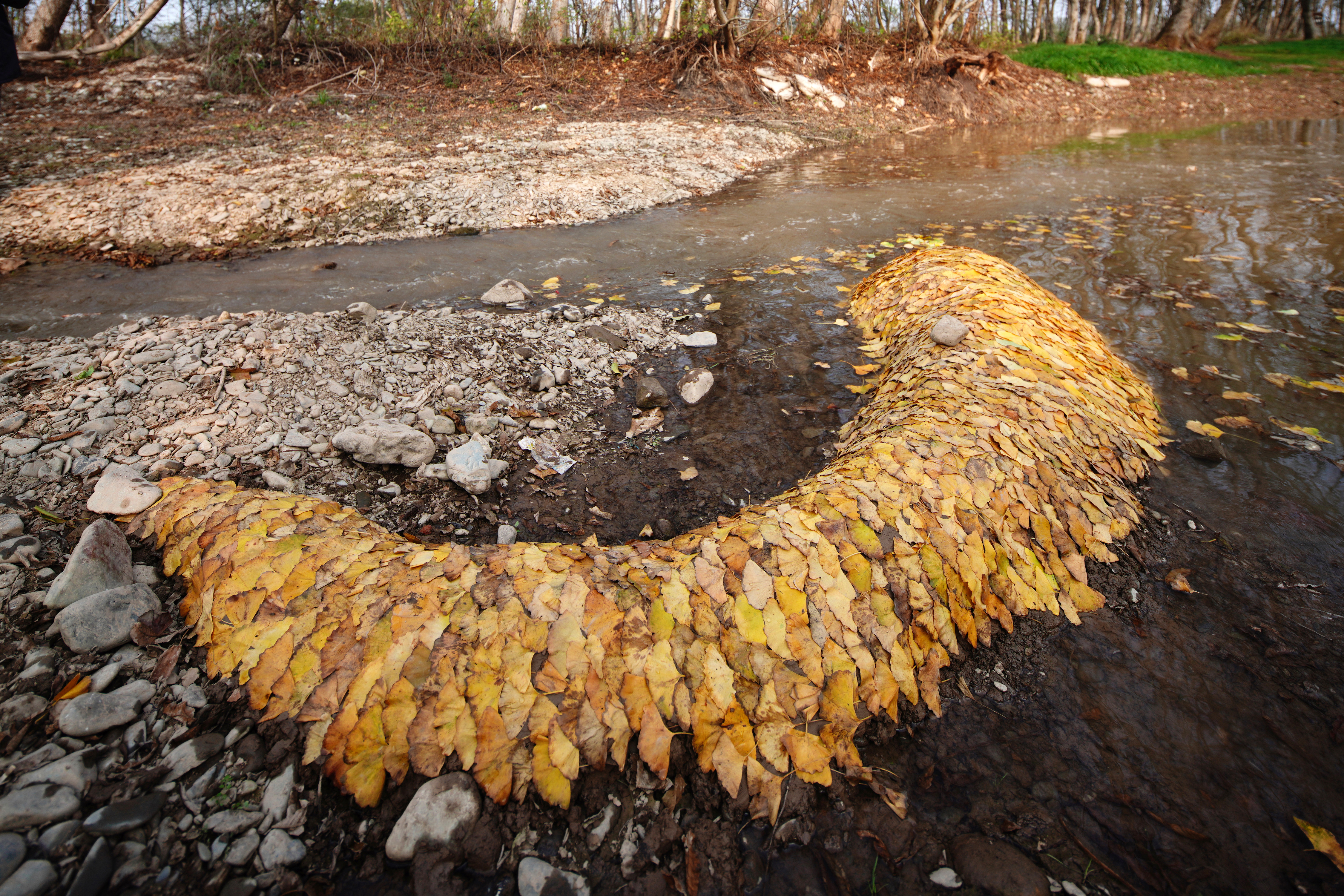
Gold Chinese Memories by Pedro Camarena and Tahara Tadayashi, tutor Emanuela Paglia
Photography: LWCircus.org








